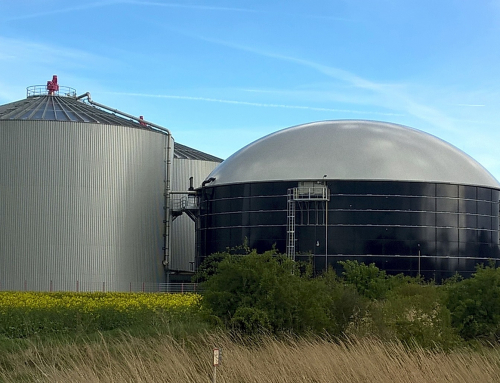In London, the responsibility for heating rests on individual arrangements with the various gas and electricity companies, while it is the boroughs which are responsible for providing local waste and recycling collections and the subsequent treatment of the waste. In terms of coverall coordination, the operations of the boroughs merely have to be “in general conformity” with the Mayor of London’s Municipal Waste Management Strategy. But the disposal of London’s waste is becoming a more and more urgent problem, partly in the light of the EU’s 1999 directive on landfill which introduced stringent technical requirements for waste and landfills. Thus it may be instructive to look across the channel to Paris, where they do things rather differently.
The French capital is served by a district heating network, run by the Compagnie Parisienne de Chauffage Urbain (CPCU), which distributes a total of 5.1 TWh per year of heat via a system of pipes 470 kilometres long. The CPCU draws on eight electricity generation plants and three Waste to Energy plants. Some of the electricity produced is used to operate the plants, but most is sold to Electricite de France (EDF) for the national grid, while the heat is sold to CPCU for district heating.
The legend is that the Paris Metro system is heated by the burning of urban waste. But whatever the truth of the legend, the CPUC undoubtedly heats all of the twenty-one hospitals in Paris and most of the monuments and museums , including the Louvre, which has been a customer since 1947. The Louvre uses steam both for heating and for maintaining the proper humidity and temperature levels for its world-famous art collection.
Interestingly, much of the waste generated by the residents of Paris is actually incinerated by the three WtE plants to keep them warm. For the three plants together treat a total of 1,760,000 tonnes of household waste not suitable for recycling from some 5.7 million inhabitants of the Paris metropolitan area. The plants are in Issy-les Moulineaux (460,000 tonnes a year), the most modern plant, which came into operation in 2007; Saint Ouen (600,000 tonnes) which was started in 1990; and Ivry-Paris (700,000) which was originally built as long ago as 1969, though regularly modernised over the years.
It is estimated that these three plants generate 200,000 MWh of electricity, provide half of the heat used by the CPUC and save 300,000 tonnes of oil equivalent per year. They also reduce the amount of CO2 released into the atmosphere by some 900,000 tonnes a year.





